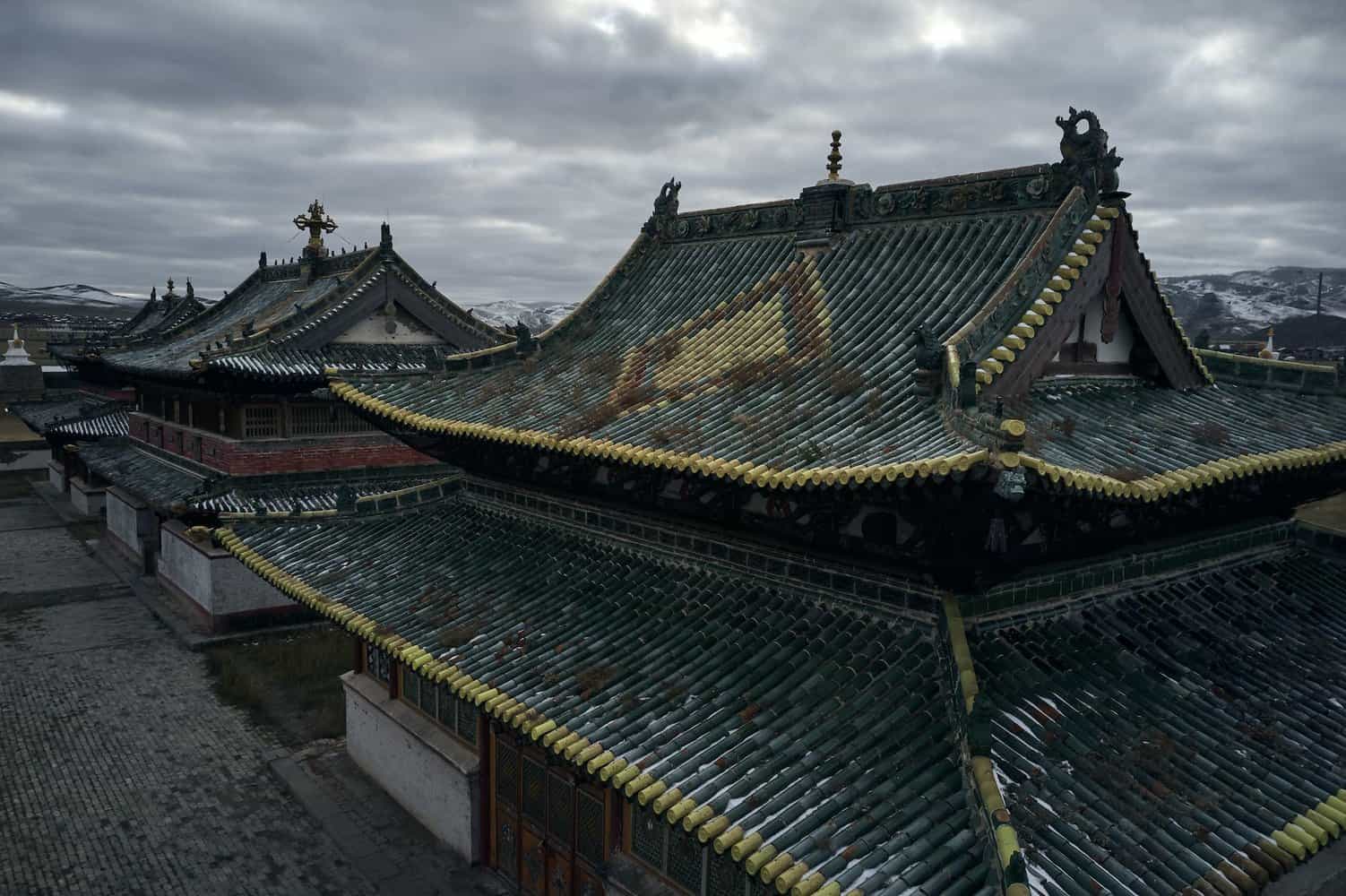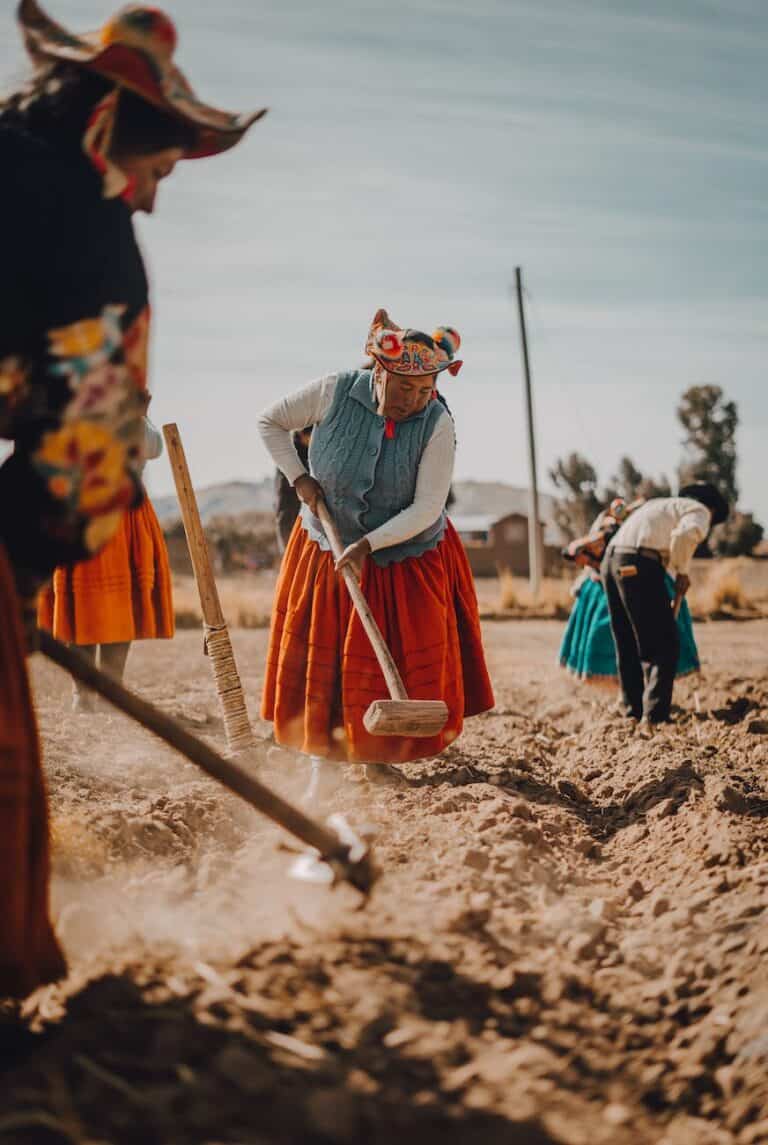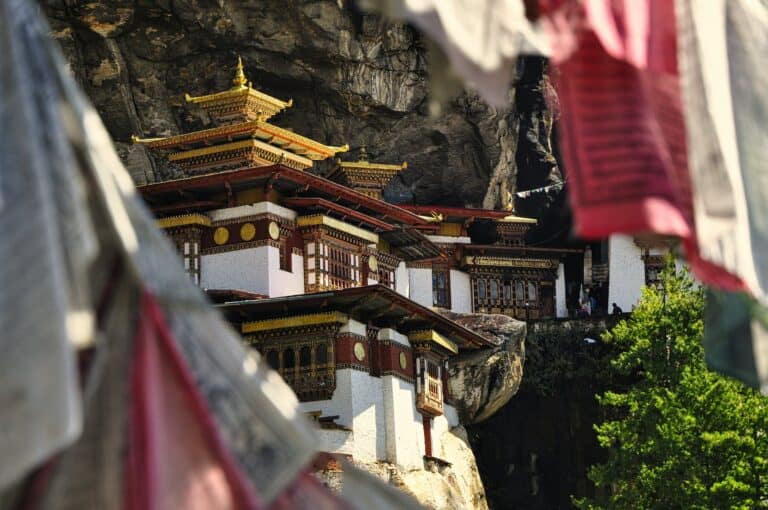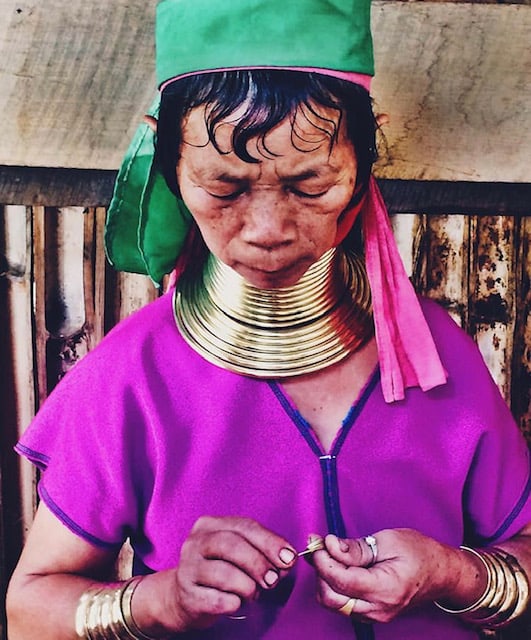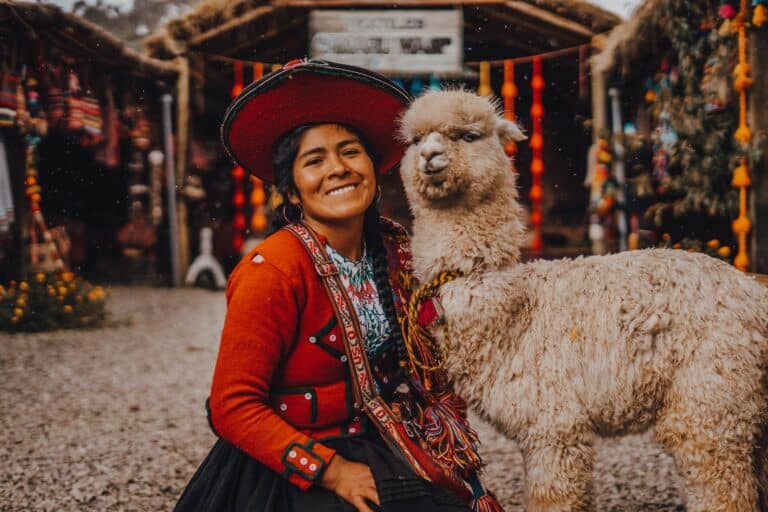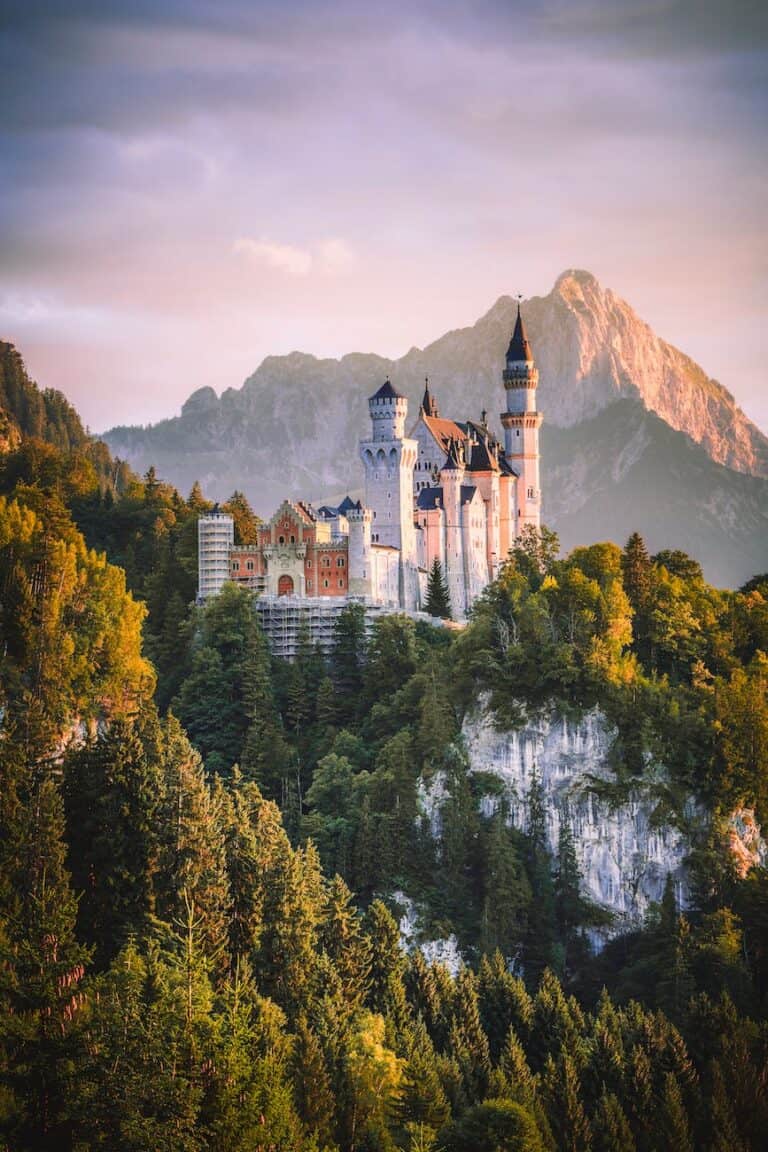13 Magnificant Mongolian Temples: A Guide to Mongolia’s Beautiful Temples.
Exploring the Sacred Mongolian Temples: Nestled between the vast expanses of Russia and China, Mongolia stands as a land of enchantment, beckoning travellers with its rich tapestry of traditions, spirituality, and awe-inspiring landscapes.
This nomadic haven, where the echoes of Genghis Khan’s conquests still linger, is a treasure trove of cultural wonders.
In this post, we embark on a journey to explore the essence of Mongolia, from its deep-rooted traditions and diverse religions to its captivating history and the temples and sacred landmarks that dot its magnificent landscapes.
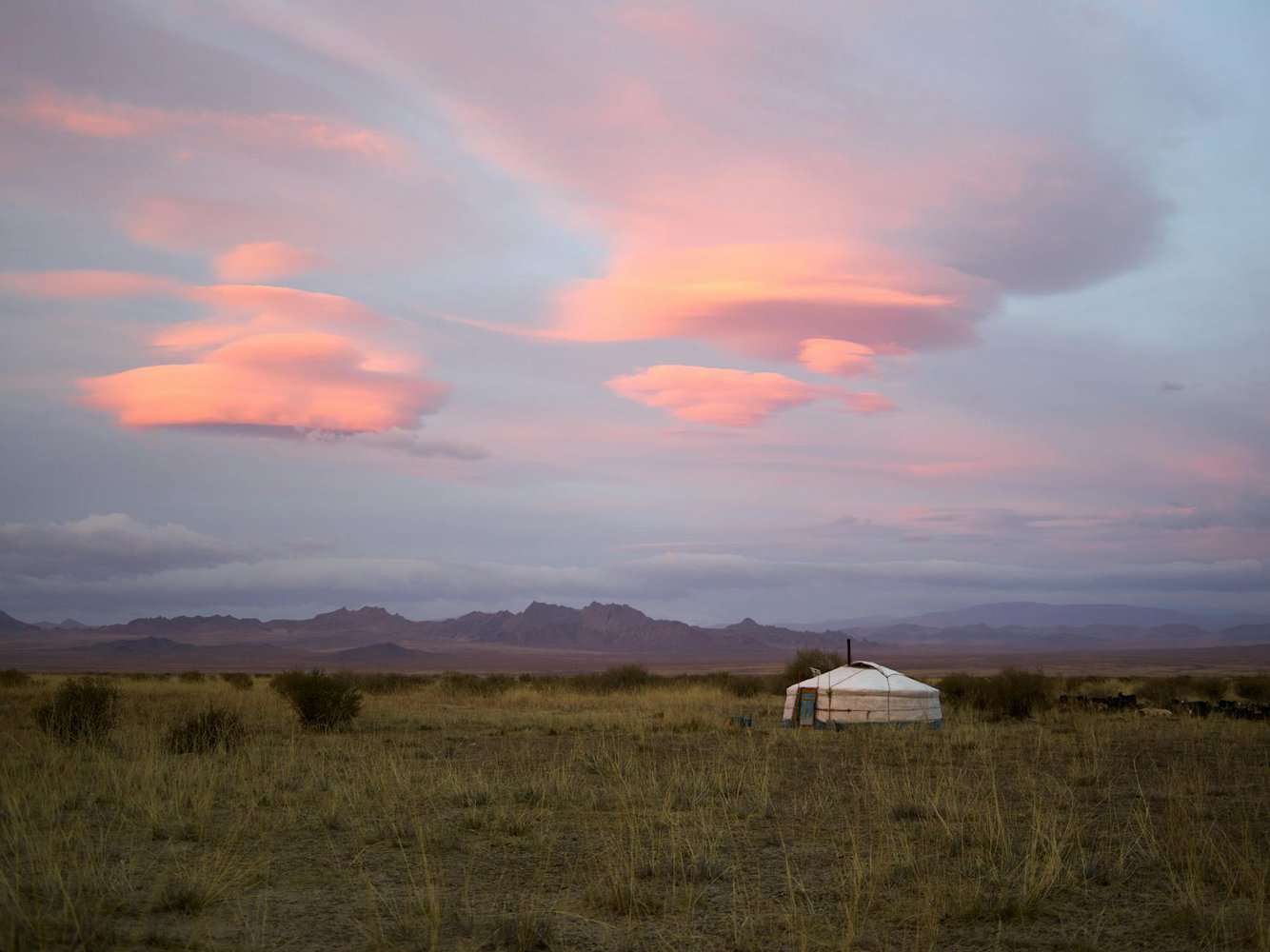
Table of Contents
Religious Tapestry: Buddhism and Shamanism:
Mongolia’s spiritual landscape is a harmonious blend of Buddhism and Shamanism, reflecting the diverse beliefs of its people.
Buddhism, introduced in the 16th century, has become a cornerstone of Mongolian spirituality, coexisting with the ancient Shamanistic practices celebrating the connection between nature and the divine. This dual spiritual heritage infuses the land with a profound reverence and tranquillity.
Sacred Landmarks and Temples:
Mongolia’s vast landscapes are dotted with sacred landmarks and temples, each bearing witness to the country’s spiritual journey. From the ancient Erdene Zuu Monastery, a UNESCO World Heritage site, to the serene Amarbayasgalant Monastery, these sacred places are not mere structures but living embodiments of Mongolia’s spiritual legacy.
Why Visit Mongolia’s Sacred Sites:
A journey to Mongolia’s sacred landmarks and temples is a pilgrimage into the heart of a culture that embraces spirituality as an integral part of life. These sites offer a glimpse into a world where traditions, religions, and history converge, inviting travellers to experience the serenity and timelessness that define this remarkable land.
In the upcoming exploration, we will delve deeper into the significance of specific Mongolian temples, unveiling the hidden stories and spiritual allure that make them must-visit destinations for any wanderer seeking cultural enrichment and soulful experiences.
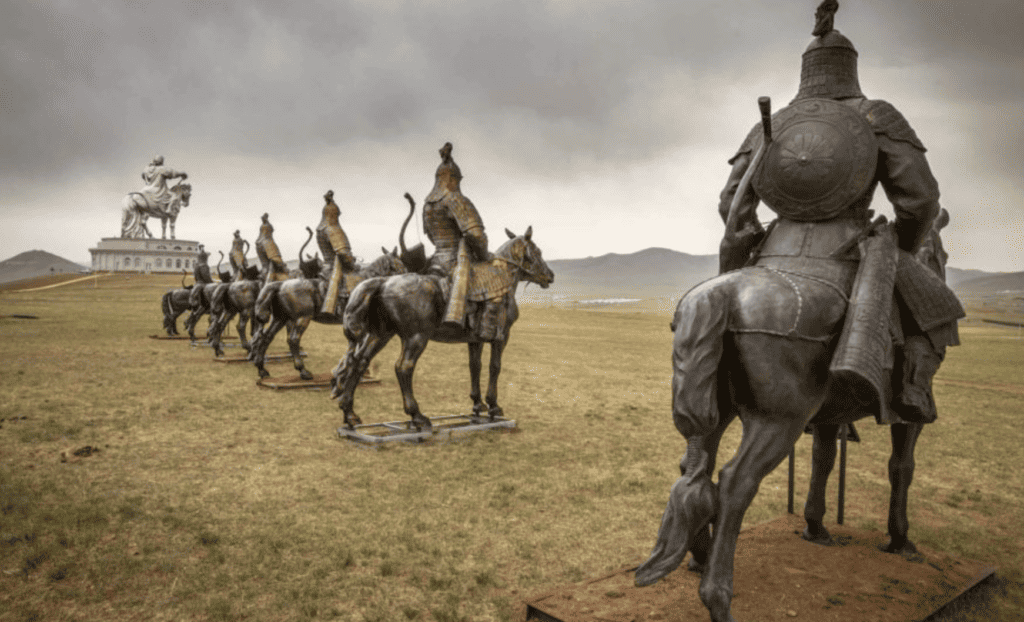
Must See Mongolian Temples & Landmarks
Erdene Zuu Monastery:
Nestled in the historic town of Kharkhorin, the Erdene Zuu Monastery is a testament to Mongolia’s enduring spiritual heritage. Established in 1586, it is the country’s oldest Buddhist monastery. It is also a UNESCO World Heritage site.
The monastery’s founding was a response to the decline of the Mongol Empire, and it played a pivotal role in preserving Buddhism during challenging times.
Surrounded by 108 stupas, each representing a Buddhist teaching, Erdene Zuu’s design is a harmonious blend of Chinese, Tibetan, and Mongolian architectural influences.
Its location in Kharkhorin, the former capital of the Mongol Empire, adds historical significance to its spiritual aura. Erdene Zuu remains sacred as a symbol of resilience, having weathered political upheavals and cultural transformations throughout the centuries.
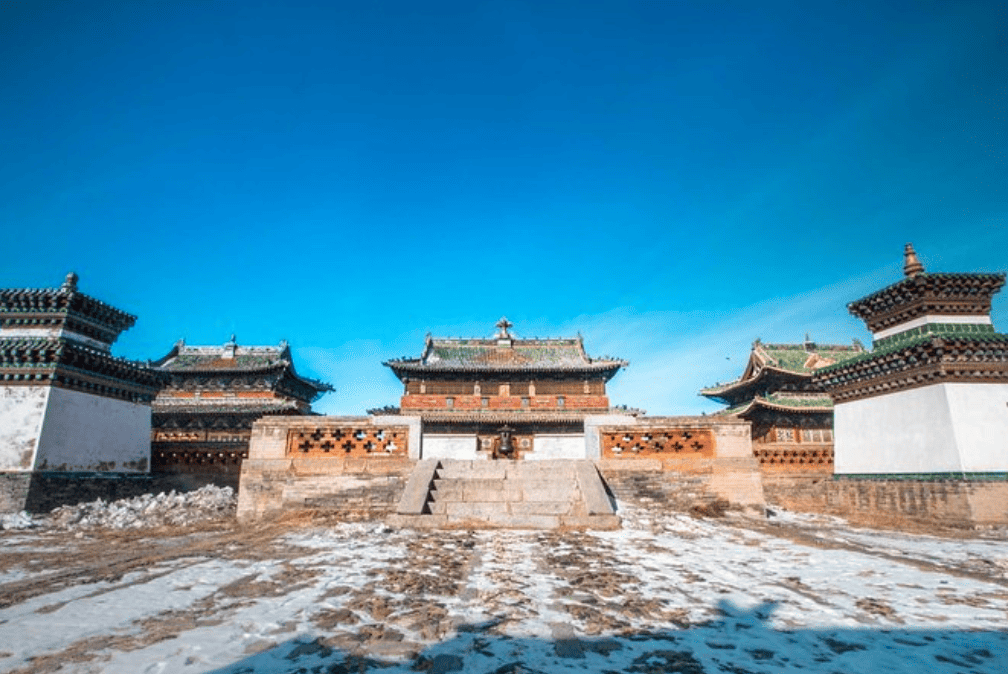
Amarbayasgalant Monastery:
Nestled amidst the rolling hills of the Selenge Province, the Amarbayasgalant Monastery exudes tranquillity and architectural splendour.
Founded in the early 18th century, this monastery is dedicated to Zanabazar, Mongolia’s first Bogd (spiritual leader) and a polymathic artist. The design of Amarbayasgalant reflects a classic Tibetan architectural style adorned with intricate carvings and vibrant paintings.
Surrounded by pristine nature, the monastery’s location enhances its spiritual significance, providing a serene environment for contemplation. Despite facing challenges during the socialist era, Amarbayasgalant remains a sacred haven, preserving the teachings of Zanabazar and offering visitors a glimpse into Mongolia’s spiritual and cultural legacy.
Gandantegchinlen Monastery:
Situated in the heart of Ulaanbaatar, Gandantegchinlen Monastery is a vibrant centre of Buddhist worship and cultural significance. Established in the 19th century, the monastery houses the magnificent Migjid Janraisig statue, a towering embodiment of compassion.
The location in the capital city adds to its accessibility, allowing both locals and visitors to experience the daily rituals and ceremonies that breathe life into its sacred halls.
Despite facing challenges during the socialist era, Gandantegchinlen has been meticulously restored, and its role as a spiritual anchor for the city remains unyielding. As a hub for religious activities, the monastery plays a crucial role in connecting urban dwellers with Mongolia’s deep-rooted spiritual traditions.
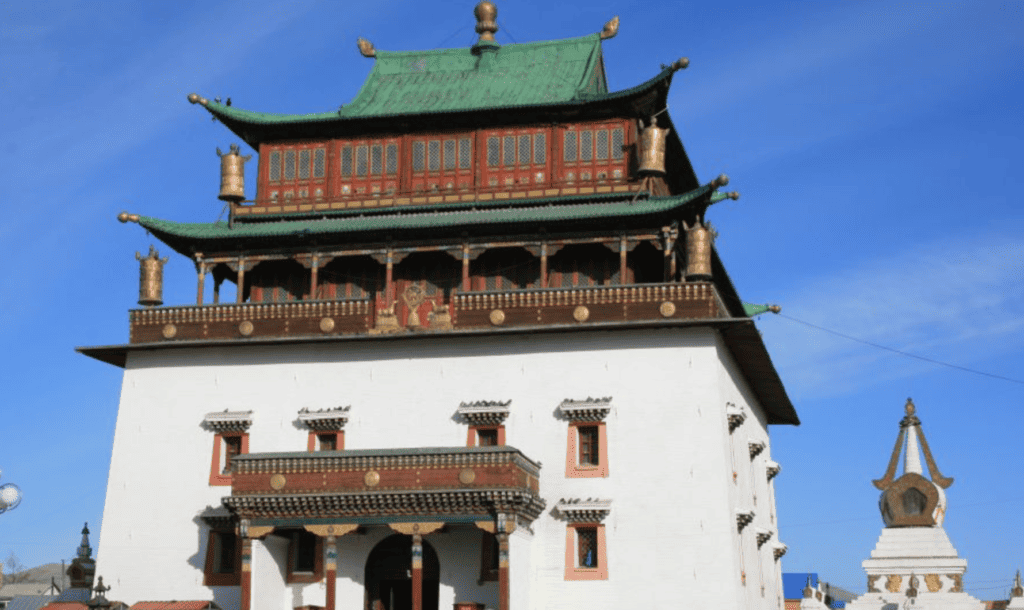
Tuvkhun Monastery:
Perched atop the Shireet Ulaan Uul mountain, Tuvkhun Monastery offers a spiritual retreat and breathtaking views of the surrounding landscapes. Founded by Zanabazar in the 17th century, the monastery served as a sanctuary for meditation, emphasizing the deep connection between nature and spirituality.
The journey to Tuvkhun involves a scenic hike, creating a pilgrimage-like experience that adds to its sacred allure. The monastery’s architecture, nestled within the rocky terrain, reflects a commitment to harmony with the natural surroundings.
Tuvkhun remains holy as a place where seekers can embark on a journey of self-discovery, echoing the footsteps of the revered spiritual leaders who sought solace in its serene embrace.
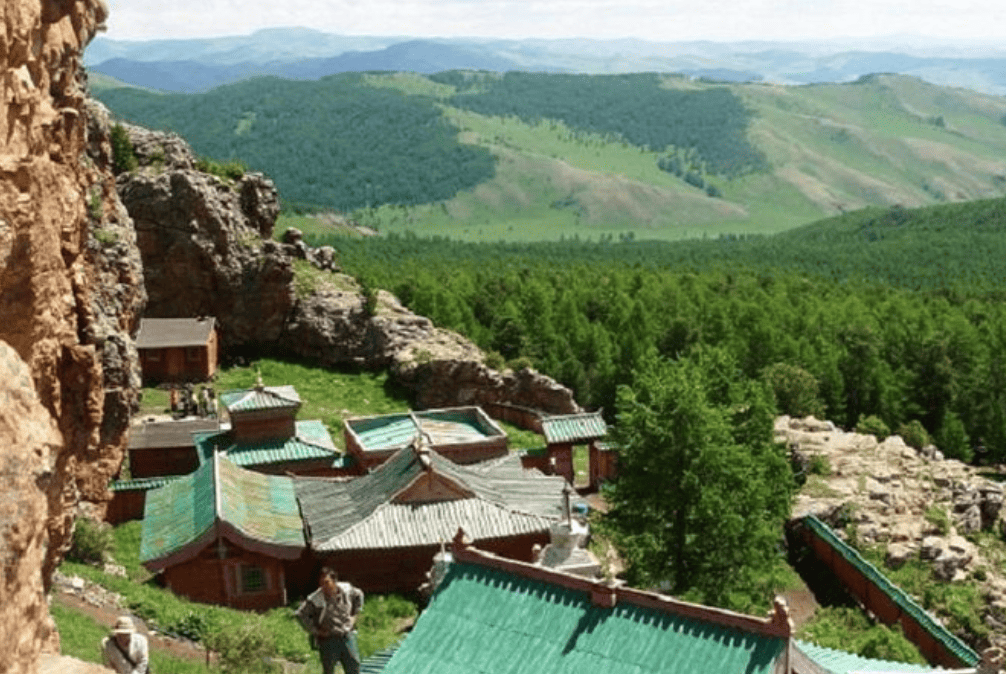
Ongi Monastery:
Deep within the vast expanse of the Gobi Desert lies the remnants of Ongi Monastery, a testament to Mongolia’s spiritual resilience. Once a thriving complex with thousands of monks, Ongi fell victim to the socialist purges of the 20th century, resulting in partial destruction.
Despite its historical scars, the ruins of Ongi Monastery offer a poignant reflection on the challenges faced by Mongolia’s religious institutions. The location in the Gobi Desert, surrounded by vast landscapes, adds a sense of isolation and mystique to the site.
Ongi remains sacred as a symbol of endurance, inviting visitors to contemplate the impermanence of material structures against the enduring spirit of the Mongolian people.
Dashchoilin Monastery:
Nestled in the picturesque Khentii Province, Dashchoilin Monastery stands as a hidden gem with roots traced back to the 18th century. The monastery boasts detailed woodcarvings and vibrant paintings that adorn its structures, showcasing the artistic prowess of Mongolian craftsmen. Its location, surrounded by pristine nature, provides a tranquil setting for spiritual reflection.
Dashchoilin remains sacred as a lesser-known sanctuary, offering a more intimate and personal connection to Mongolia’s spiritual heritage. Exploring its grounds allows visitors to appreciate the intricate details of Mongolian religious art while basking in the peaceful ambience that defines this lesser-explored sacred space.
Arayaval Monastery
Nestled in the heart of Mongolia, Arvaikheer, the Araval Monastery stands as a serene haven of spirituality. Founded in the 19th century, this modest yet significant monastery reflects the cultural richness of the region. The simplicity of its design, adorned with traditional Mongolian motifs, creates a tranquil atmosphere for those seeking a peaceful retreat.
Araval Monastery holds a special place in the hearts of locals and visitors alike. Surrounded by vast landscapes, the monastery provides a unique opportunity to experience the nomadic spirit of Mongolia.
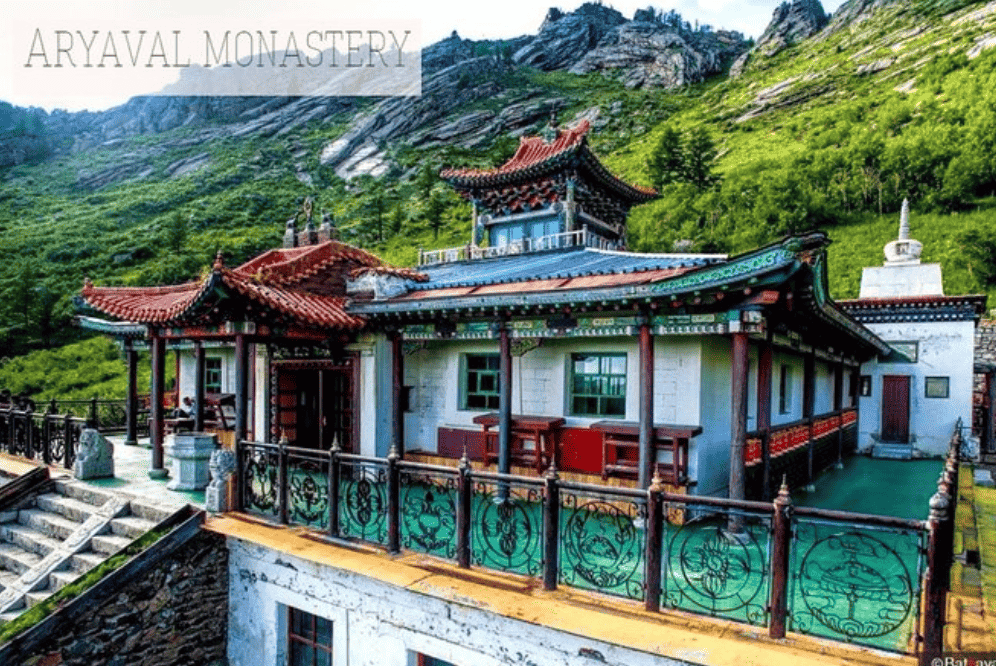
Choijin Lama Temple Museum:
Situated in Ulaanbaatar, the Choijin Lama Temple Museum offers a captivating journey into Mongolia’s spiritual and cultural history. Once an active Buddhist monastery, the museum now showcases a diverse collection of religious artefacts, thangkas, and sculptures.
Its historical significance lies in preserving these artefacts, allowing visitors to witness the intricate details of Mongolian religious art. The Choijin Lama Temple Museum remains sacred as a guardian of the past, inviting visitors to explore the intricacies of Mongolia’s religious heritage and providing a glimpse into the spiritual lives of those who once walked its hallowed halls.
Kharkhorin – Orkhon Valley:
While not a single monastery, Kharkhorin, located in the Orkhon Valley, deserves mention for its historical and spiritual significance. Once the capital of the Mongol Empire, the city of Kharkhorin was home to the Erdene Zuu Monastery and served as a cultural and religious centre.
The ruins of the ancient city now stand as an open-air museum, allowing visitors to trace the footsteps of Mongolia’s imperial past.
The surrounding Orkhon Valley, a UNESCO World Heritage site, adds a natural and cultural depth to the area, making it a sacred landscape that intertwines history, spirituality, and the beauty of the Mongolian wilderness.
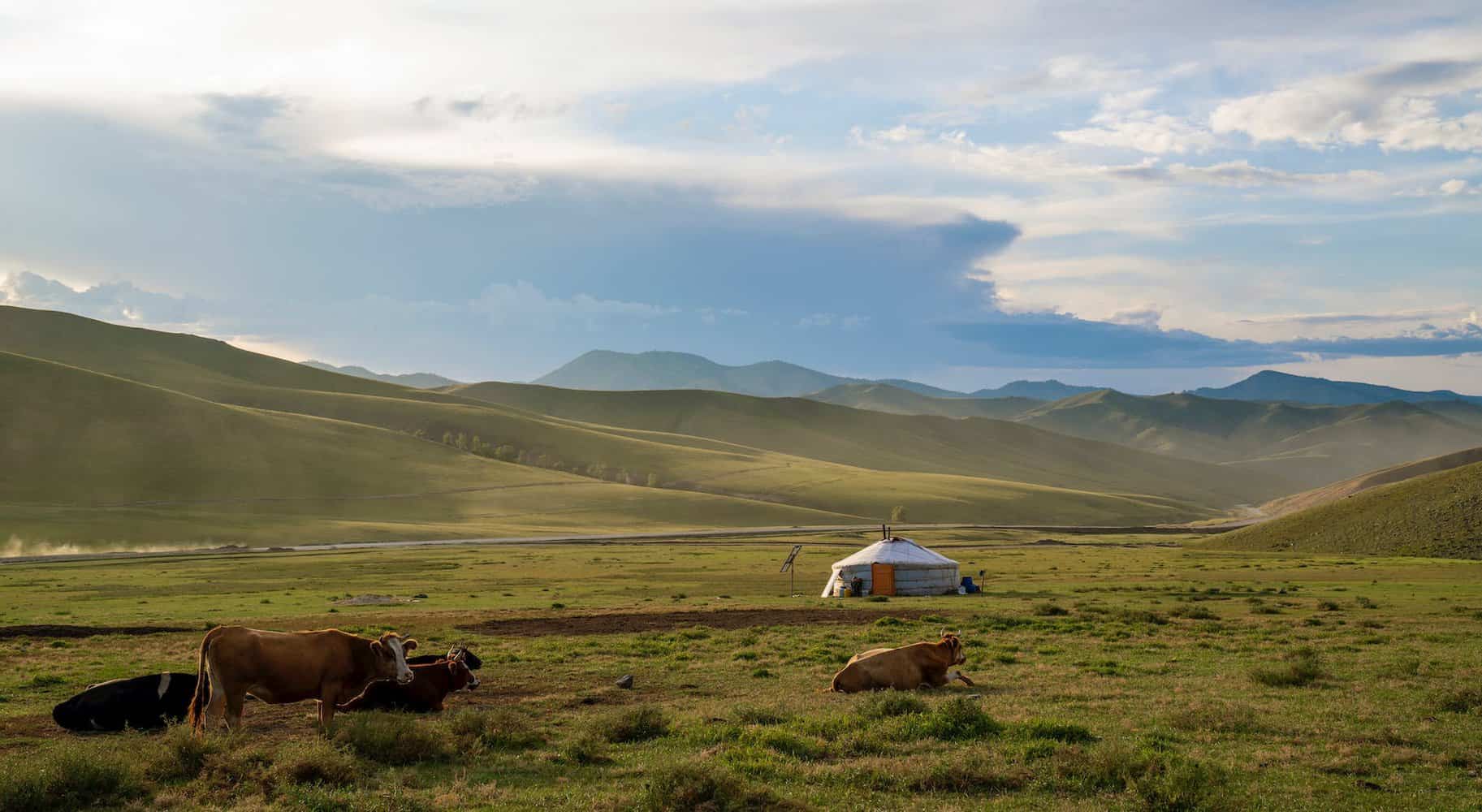
Manzshir Monastery Ruins:
Hidden within the Bogd Khan Uul National Park near Ulaanbaatar, the Manzshir Monastery Ruins offer a fascinating glimpse into Mongolia’s past. Founded in the 18th century, this monastery was an important centre for Buddhist learning.
Sadly, it suffered destruction during the socialist era, and today, the remnants of the monastery stand as a stark reminder of the challenges faced by Mongolia’s religious heritage.
The location within the national park provides an opportunity for a spiritual retreat, with hiking trails leading to the ruins and panoramic views of the surrounding landscapes.
Manzshir Monastery Ruins remain sacred as a place where history and nature converge, inviting contemplation on the impermanence of worldly structures against the enduring spirit of Mongolia’s religious legacy.
Shankh Monastery:
Nestled in the picturesque Khentii Province, Shankh Monastery is a hidden gem. Founded in the 17th century by Zanabazar, it served as a religious and educational centre.
The monastery is known for its tranquil setting amidst lush greenery, creating a peaceful atmosphere for spiritual contemplation. Shankh remains sacred as a place where the teachings of Zanabazar were once disseminated, and the surrounding nature enhances the sense of tranquillity that defines this lesser-explored spiritual retreat.
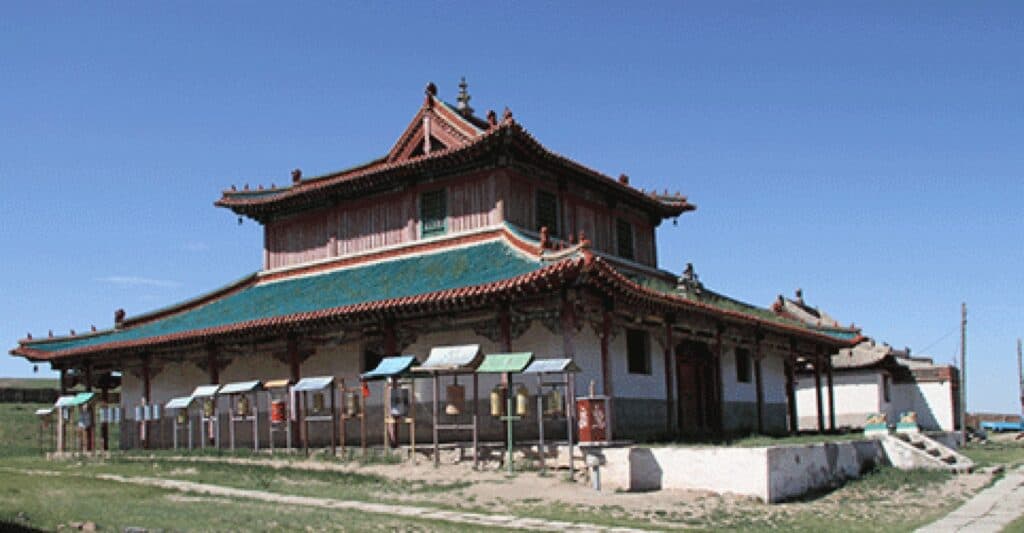
Amarbayasgalant Khiid in Iven Gol:
Beyond the well-known Amarbayasgalant Monastery, there’s a sacred extension named Amarbayasgalant Khiid, situated along the Iven Gol River.
This secluded spot features smaller temples and meditation retreats, offering a more intimate connection with nature and spirituality. The location’s serene ambience and proximity to the river contribute to its sacred allure, providing visitors with a unique opportunity for a peaceful retreat.
Khukh Burd Temple:
Perched on a hill overlooking the town of Kharkhorin, the Khukh Burd Temple is a small yet significant temple that dates back to the 18th century.
The temple’s elevated position provides panoramic views of the surrounding landscape, creating a spiritual atmosphere that complements its historical importance.
Khukh Burd remains sacred as a place where pilgrims and visitors can experience a sense of physical and spiritual elevation as they connect with the religious and natural elements that define this modest yet meaningful temple.
Khamar Monastery:
Situated in the Arkhangai Province, Khamar Monastery holds a special place in Mongolian history as the birthplace of the revered Zanabazar. Founded in the 17th century, the monastery is dedicated to this influential spiritual figure.
The location’s connection to Zanabazar adds a profound layer of sacredness, and the monastery’s architectural simplicity reflects a humble yet deeply meaningful approach to spirituality. Khamar Monastery remains a place of pilgrimage for those seeking to pay homage to Zanabazar’s legacy and connect with the spiritual roots of Mongolia.
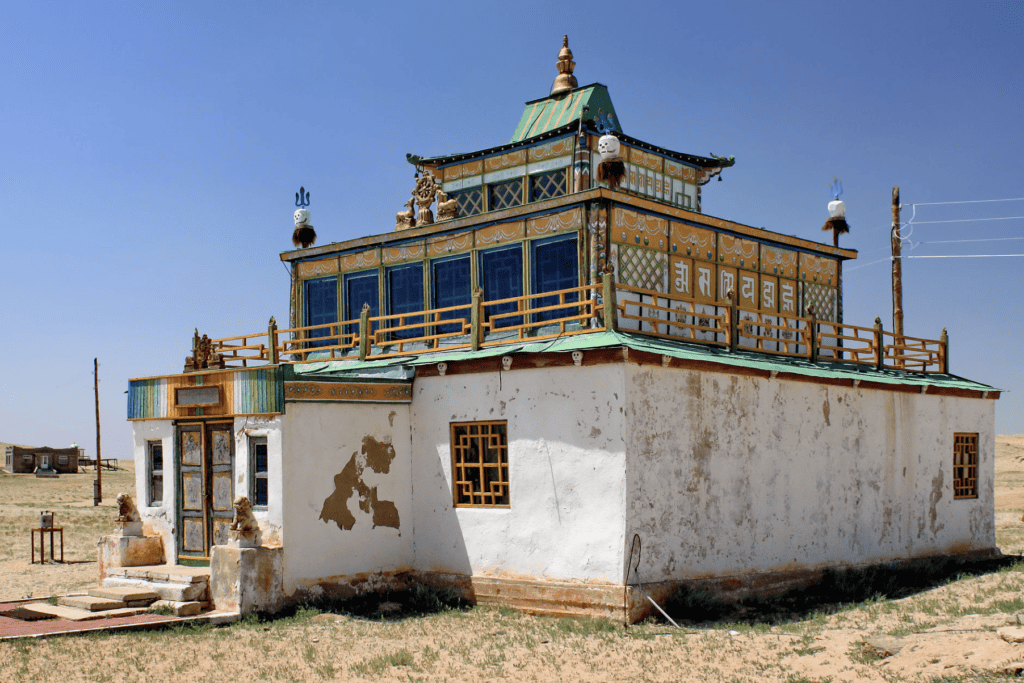
Bogd Khan Palace Museum:
The Bogd Khan Palace Museum holds historical and spiritual significance in the southern part of Ulaanbaatar. Built-in the early 20th century, it served as the residence of Mongolia’s eighth Bogd, the last emperor.
The museum houses a diverse collection of religious artefacts, including thangkas and statues, providing insights into the spiritual practices of the Bogd Khan.
The palace’s unique blend of architectural styles and its role in preserving religious treasures make it a sacred site that bridges the gap between Mongolia’s imperial and spiritual history.
Where to Stay When Visiting the Mongolian Temples
When visiting Mongolia to explore its temples and sacred sites, choosing accommodations that offer comfort and proximity to the key attractions is essential. Here are some recommendations for the best places to stay:
Ulaanbaatar:
As the capital city, Ulaanbaatar is a central hub for exploring Mongolia’s temples. Various hotels and guesthouses cater to different budgets. Staying in Ulaanbaatar provides easy access to Gandantegchinlen Monastery, the Zanabazar Museum of Fine Arts, and other cultural attractions. Additionally, the city offers travellers a range of restaurants, shops, and amenities.
Kharkhorin:
For those interested in exploring the historic Erdene Zuu Monastery and other nearby temples, staying in Kharkhorin is an excellent choice. The guesthouses and ger camps in the area provide a unique Mongolian experience. Kharkhorin is a small town with a relaxed atmosphere, allowing visitors to immerse themselves in the historical and spiritual aspects of the region.
Amarbayasgalant Monastery Area:
To fully appreciate the beauty and tranquillity of Amarbayasgalant Monastery, consider staying in the vicinity. There are ger camps and lodges offering accommodation options close to nature. This allows you to enjoy the serene surroundings and explore the monastery and its picturesque surroundings.
Orkhon Valley:
For those planning to visit the ancient city of Kharkhorin, the Orkhon Valley offers a scenic backdrop for accommodations. There are ger camps and guesthouses along the Orkhon River, providing a peaceful retreat after a day of temple exploration. The Orkhon Valley is also home to various archaeological sites and natural wonders.
Tuvkhun Monastery Area:
To experience the spiritual ambience of Tuvkhun Monastery, consider staying in the nearby town of Batshireet. There are accommodations ranging from guesthouses to ger camps, allowing visitors to be near the hiking trails leading to the monastery. The area offers a serene setting for those seeking a more secluded retreat.
Gobi Desert Region (Ongi Monastery):
If you plan to explore the Ongi Monastery and other attractions in the Gobi Desert, consider staying in the nearby town of Saikhan Ovoo. Ger camps and lodges in this area provide a unique desert experience, allowing you to appreciate the vastness of the Gobi while being close to historical sites.
Concluding on Mongolian Temples:
In concluding our journey through Mongolia’s captivating temples, we’ve uncovered. These temples, scattered across the vast landscapes, are more than architectural wonders—they are living symbols of Mongolia’s rich cultural legacy.
As we reflect on the significance of these temples, it’s clear that they embody more than just physical structures. The intricate designs, vibrant paintings, and timeless rituals are windows into a quest for inner peace and enlightenment.
Whether perched atop a hill in Khentii or nestled in the heart of Ulaanbaatar, each temple offers a unique spiritual experience, inviting travellers to connect with the essence of Mongolia.
Choosing where to stay in this nomadic haven, whether in the bustling Ulaanbaatar or the tranquil Kharkhorin, enhances the pilgrimage. Mongolia’s warm hospitality and diverse accommodations, from guesthouses to traditional ger camps, provide shelter and a glimpse into the nomadic way of life. As you venture through Mongolia’s temples, may the echoes of ancient chants and the vast landscapes leave an imprint on your soul.
For in the footsteps of Genghis Khan and the teachings of Zanabazar, one discovers not only temples but gateways to a world where spirituality and earthly beauty harmonize, inviting you to join the dance of Mongolia’s timeless allure.

